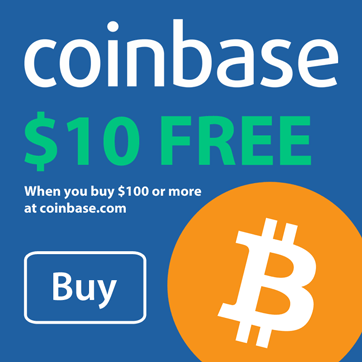@markmathson made a simple comment on Twitter. He said “I agree […], RSS is not dead. […]” I replied that Lifetime Products (my employer) is using data feeds today more than ever. He wanted to know more…
What are Feeds? (RSS, ATOM, RDF)
“Feeds” (for the purpose of this article) are an alternately formatted view of some set of data. Take this blog, for example. You can read it in your web browser (like many of you are doing now), but hidden just behind the scenes is a link to an “alternate” way to view the same data.
I’ve written about this before in more detail, but, in short, a “feed” presents the raw information (or “data”) rather than the data dropped on the page. Feeds are especially useful when information can be logically organized onto blocks (articles, products, calendar events, contacts, etc.).
Most people out there “subscribe” to other’s feeds via a “feed reader”. Feed readers these days typically come bundled with your Web Browser and Email clients, but you can get a dedicated program if you’d like.
Subscribing to feeds via a feed reader makes keeping up with blogs and sites easier because your feed reader will go out and grab the new posts every so often and bring them to you, freeing you up so you don’t have to visit all those sites individually.
And, without feeds, video and audio podcasts wouldn’t exist. Yup, feeds are the technology that drive them, too!
How has Lifetime used RSS?
When you’re talking about data feeds, you can do two two things with them:
- publish (converting or formatting your data in a specific data format)
- consume (taking a data feed, reading it, and doing something with it)
We started playing around with publishing feeds on our “current employment openings” page and our “press release” page.
Shortly thereafter we launched our corporate blog, and published its RSS feed as well.
We then published an update to our flagship website (http://www.Lifetime.com) to consume and reformat our blog articles in various positions on the site, filtering by category and keywords. We put a feed panel on our home page, our product pages, and on almost every other page on the site. This helps us build cross-site links for SEO purposes, and helps our customers see articles related to the product that they’re researching that they might not have seen otherwise.
We began to think “outside the box” and decided to throw in RSS feeds on our B2C e-commerce site as well.
- All products: http://www.BuyLifetime.com/feeds/rss.ashx
- Each of our product categories, such as Sheds and Organization: http://www.BuyLifetime.com/feeds/rss.ashx?category=outdoorSheds
- And even specialty pages, like our Clearance Items: http://www.buylifetime.com/feeds/rss.ashx?category=Clearance
We didn’t stop there, we used the same code which transforms the product data so that we can turn it into RSS and added additional transforms to publish GoogleBase, PriceGrabber, PowerReviews, and other product feeds to help “push” our products into other’s databases, expanding the breadth of reach. We even wrote a transform to publish a sitemap.xml file for Google, Bing, and Yahoo! (et. al.) to grab whenever we add, remove, or change product data.
While those aren’t RSS per se, they serve to underscore the importance of presenting your data in alternate formats.
Your turn!
What are you doing with RSS (and other data) feeds?





Joe,
Great overview of how you have used data feeds to improve the exposure, in general, to Lifetime Products and provide another avenue of consumption for B2C and B2B. Yet another case for the value of RSS/ATOM data feeds.
Keep it up!